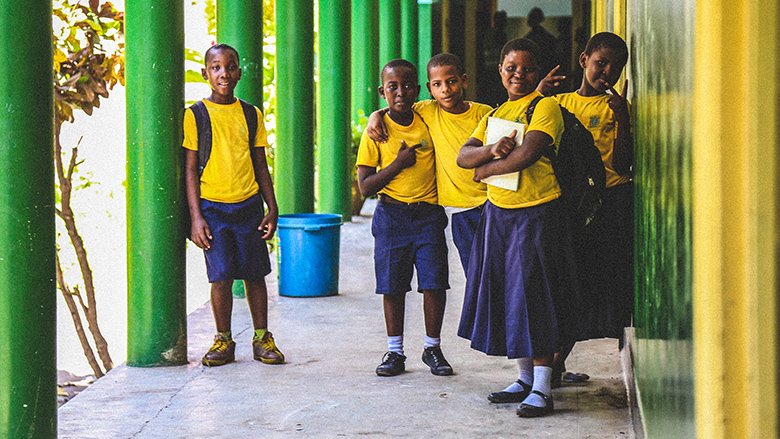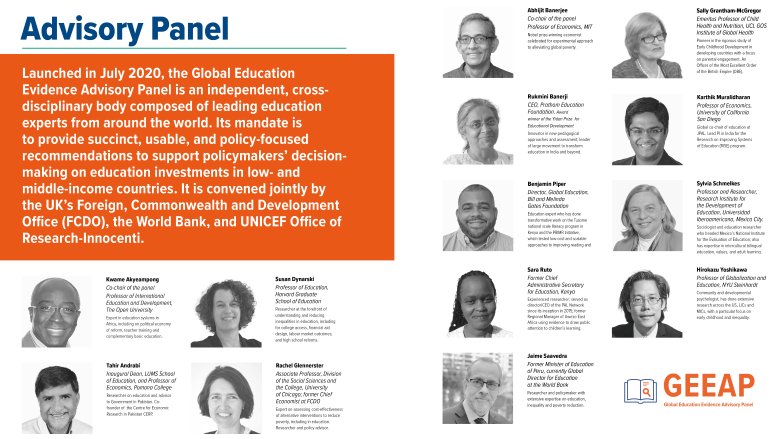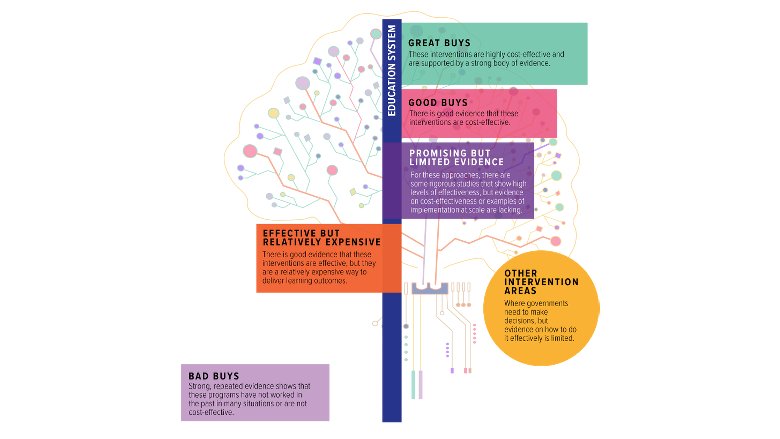An estimated 7 in 10 of all children in low- and middle-income countries are unable to read and understand a simple text by age 10. This is just the starkest of many indicators showing that global education is in crisis, a crisis that has sharply deepened with the pandemic.
So why aren’t we using evidence more effectively to solve the education crisis?
Some other sectors, such as health, have for decades enjoyed a wealth of research and evidence that has been used more frequently to support policy decisions. One reason for this is that independent expert panels have provided guidance to help busy policymakers make sense of the evidence. In the environmental field, for example, the Intergovernmental Panel on Climate Change (IPCC) produces new reports every few years to advise governments on the drivers and impacts of climate change.
“The global education sector requires a multidisciplinary and independent space to permanently analyze the evidence about the interventions and practices that can move the needle of learning in a cost-effective way. The panel seeks to be a bridge between rigorous academic research and policymaking to help shape policy design and policy implementation,” said Jaime Saavedra, Global Director for Education at the World Bank. “A panel such as this is essential if we want to realize our aim of making learning accessible to all. This is why the Global Education Evidence Advisory Group (GEEAP) was established.”
What is the GEEAP?
The Global Education Evidence Advisory Panel (GEEAP), an independent expert panel co-hosted by the Foreign, Commonwealth & Development Office, UNICEF, USAID, and the World Bank, is made up of leading researchers and policymakers who have both contributed to and used evidence in education. Panelists have been drawn from multiple disciplines (including education, economics, and psychology) and countries. The panel provides guidance on all types of education interventions in low- and middle-income countries, so the panelists were selected because they have expertise in all areas of education. The panel is an independent body whose recommendations are based only on evidence.



